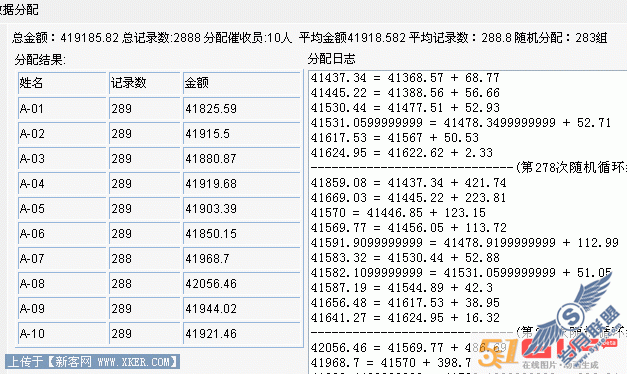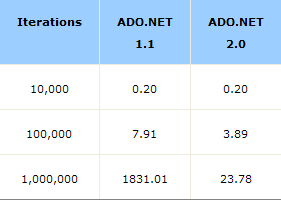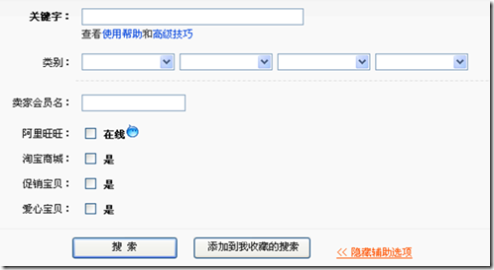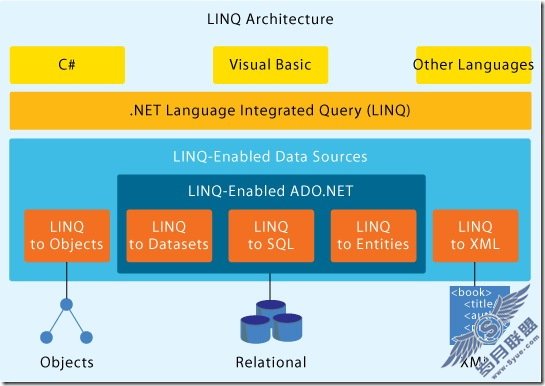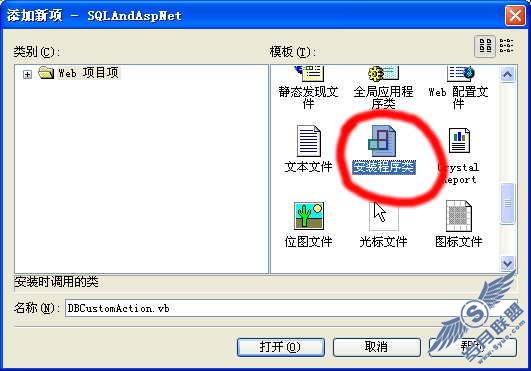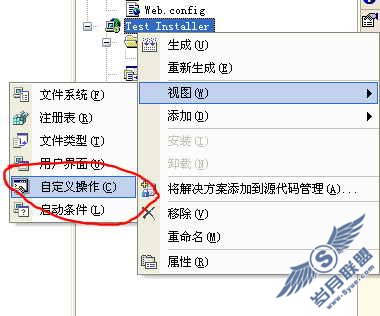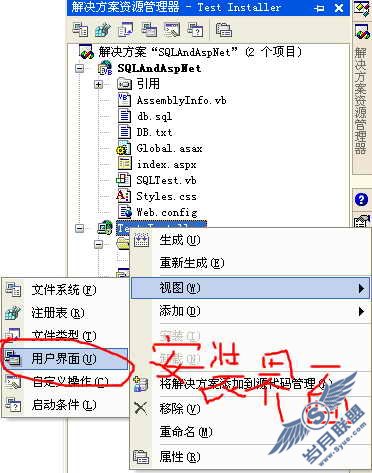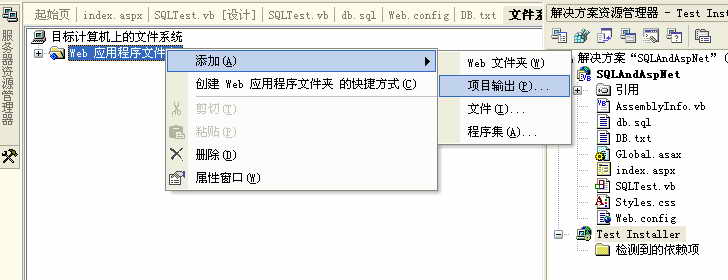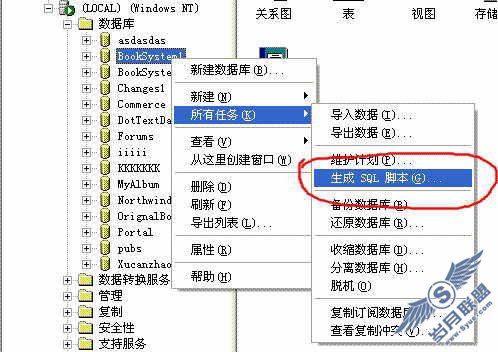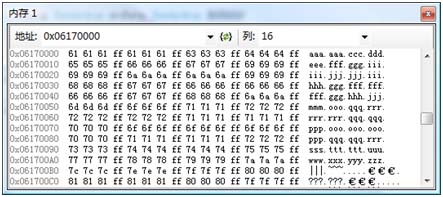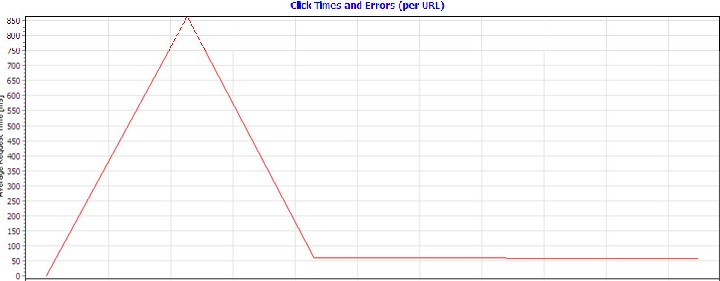如何判断字符串是否为空串?
来源:岁月联盟
时间:2004-11-17
Writen by Allen Lee
0. 缘起:
本文写作缘起于阮的讨论——《FxCop告诉我,检查一个字符串是否为空要用string.Length。》。其实用过FxCop的人都知道它会建议你使用String.Length属性来判断字符串是否为空串,但你又是否明白其中的缘由呢?今天有点闲,特意写下这篇文章,希望有点帮助。
1. 三种常用的字符串判空串方法:
Length法:bool isEmpty = (str.Length == 0);
Empty法:bool isEmpty = (str == String.Empty);
General法:bool isEmpty = (str == "");
2. 深入内部机制:
要探讨这三种方法的内部机制,我们得首先看看.NET是怎样实现的,也就是要看看.NET的源代码!然而,我们哪里找这些源代码呢?我们同样有三种方法:
Rotor法:一个不错的选择就是微软的Rotor,这是微软的一个源代码共享项目。
Mono法:另一个不错的选择当然就是真正的开源项目Mono啦!
Reflector法:最后一个选择就是使用反编译器,不过这种重组的代码不一定就是原貌,只不过是一种“近似值”,你可以考虑使用Reflector这个反编译器[1]。
这里我采用Reflector法,我们先来看看一下源代码[2](片段):
public sealed class String : IComparable, ICloneable, IConvertible, IEnumerable, IComparable<string>
{
static String()
{
string.Empty = "";
// Code here
}
// Code here
public static readonly string Empty;
public static bool operator ==(string a, string b)
{
return string.Equals(a, b);
}
public static bool Equals(string a, string b)
{
if (a == b)
{
return true;
}
if ((a != null) && (b != null))
{
return string.EqualsHelper(a, b);
}
return false;
}
private static unsafe bool EqualsHelper(string ao, string bo)
{
// Code here
int num1 = ao.Length;
if (num1 != bo.Length)
{
return false;
}
// Code here
}
private extern int InternalLength();
public int Length
{
get
{
return this.InternalLength();
}
}
// Code here
}
Rotor里面String类的代码与此没什么不同,只是没有EqualsHelper方法,代之以如下的声明:
public extern bool Equals(String value);
进一步分析:
首先是Empty法,由于String.Empty是一个静态只读域,只会被创建一次(在静态构造函数中)。但当我们使用Empty法进行判空时,.NET还会依次展开调用以下的方法,而后两个方法内部还会进行对象引用判等!
public static bool operator ==(string a, string b);
public static bool Equals(string a, string b);
private static unsafe bool EqualsHelper(string ao, string bo);
若使用General法判等的话,情况就“更胜一筹”了!因为.NET除了要依次展开调用上面三个方法之外,还得首先创建一个临时的空字符串实例,如果你要进行大量的比较,这恐怕是想一想就很吓人了!
而对于Length法,我们就可以绕过上面这些繁琐的步骤,直接进行整数(字符串长度)判等,我们知道,大多数情况下,整数判等都要来得快(我实在想不出比它更快的了,在32位系统上,System.Int32运算最快了)!
另外,我们还可以看到,在EqualsHelper方法里面.NET会先使用Length法来进行判等!可惜的是我无法获得InternalLength方法的代码。但我在Mono的源代码里面看到更简明的实现:
class String
{
private int length;
public int Length
{
get
{
return length;
}
}
// .
}
然而使用Length法进行字符串判空串时,有一点要注意的,就是你必须先判断该字符串实例是否为空引用,否则将会抛出NullReferenceException异常!于是,我们有了一个经过改进的Length法:
void Foo(string bar)
{
if ((bar != null) && (bar.Length == 0))
//
}
3. 最后总结:
从上面的分析我们可以看到,使用Length法来进行字符串判空串是有着很大的性能优势的,尤其在进行大量字符串判空时!当然首先得判断字符串实例是否为空引用!
--------------------------------------------------------------------------------
有关Reflector的介绍可以参见《Reflector: Get the secret inside .NET assemblies.》一文。
本代码反编译自版本号为2.0.3600.0的.NET Framework。
上一篇:关于鼠标和键盘的全局获取的一个类
